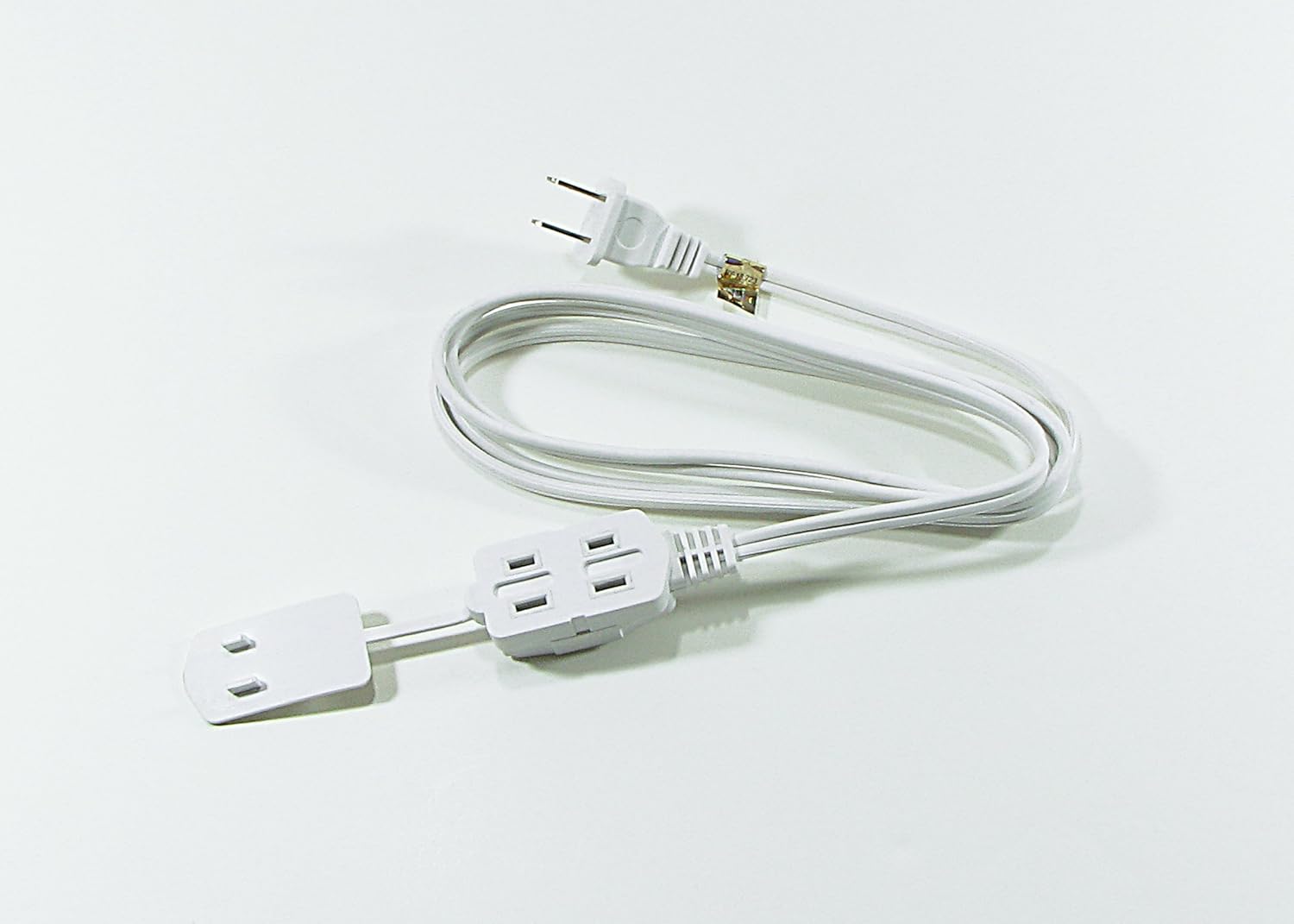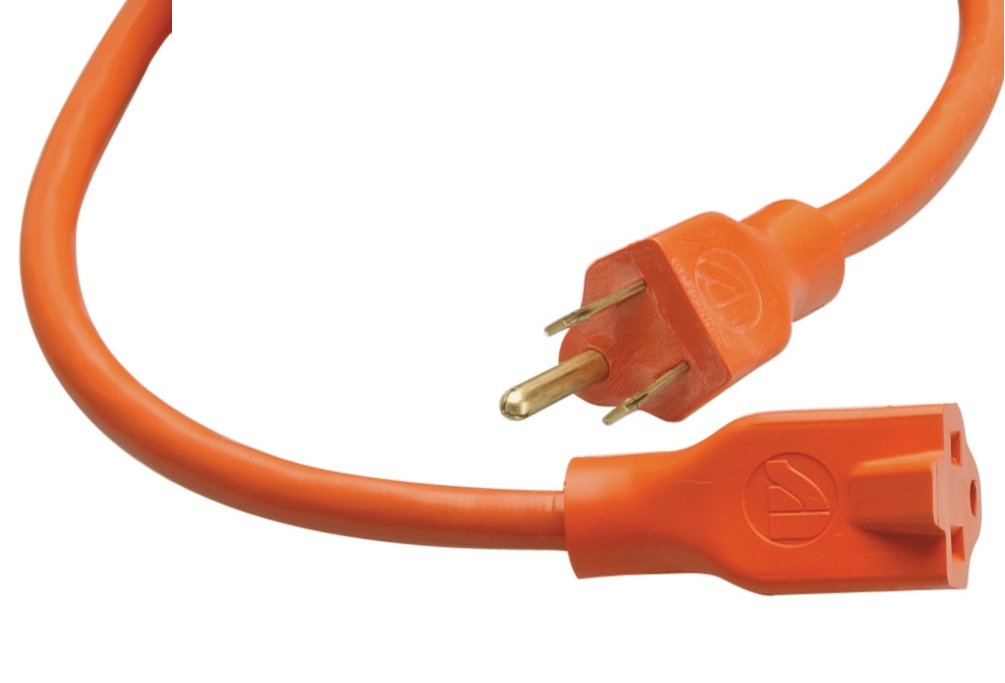I just got an interesting question that I thought I would share with folks. The question was, could a solar panel be used to charge the battery? The answer is sure, but it might be more expensive than you anticipate. However, it would allow you to be off the beaten path and away from power. However, it would pretty much require a stationary camp where you could setup the solar panel, battery tender controller for the solar panel, as well as the battery.
Will it be very portable? Perhaps not. The size of the panel and setup gear would tend to make it more appropriate to an RV parked at a camp site.
As an example of this type of calculation, let me point you toward a sample q&a where they talk about the solar panel needs for charging a battery that can run a computer. It provides a good example:
http://answers.yahoo.com/question/index ... 511AAPnboW
Let's assume you need to determine how much wattage the solar panel needs to supply to charge a deep cycle battery for a Resmed S9 Autoset unit with humidifier.
First, use the battery guide from Resmed:
http://www.resmed.com/assets/documents/ ... lo_eng.pdf
Second, use the calculators at the following URL to calculate the various values needed:
http://www.rapidtables.com/calc/electric/index.htm
Third, assume you use Humidifer setting 3 and the average pressure is 12 ... (see page 19 .. this assumes you use the converter rather than the inverter. The battery requirement is GREATLY reduced, which drops the size of the solar panel to a reasonable size.) .. Then the battery size for just 8 hours of use is 29 amp hours. Thus, you will need to determine the size of the solar panel to fully recharge the battery.
Some of the calculations are:
(1) The current draw is 2.39 amps at 12V. (The converter up converts that to 24V power for the unit). This means that the setup will draw 2.39 amps per hour times 8 hours .. or 19.12 amp hours). So, with a 50% reserve for a deep cycle application, you need 29 amp hour batteries.
(2) To calculate the wattage needed during sunlight time, you will need to calculate the wattage that will be drained and then needs to be recharged. To get this we change amps to watts or 2.39 amps at 12 volts (dc). Thus with P(W) = I(A) × V(V) we have P(W) = 2.39 amps x 12 volts or 28.68 watts. Then we calculate the Energy consumed in killo-Watt hours (kWh). This is calculated as E(kWh) = P(W) × t(hr) / 1000. Substituting our values 28.68 watts and 8 hours, we have E(kWh) = 28.68(W) × 8(hr) / 1000. With a result of E(kWh) = 0.22944 kWh.
To replenish that amount of battery energy, we need a solar panel that can charge 0.23 kWh over a six hour period. Why six hours? You might get more sunlight, but six is realistic due to different times of the year and cloud coverage. So, we divide the 0.23 kWh by 6 hours and we end up with P(W) = 1000 × E(kWh) / t(hr) or P(W) = 1000 × 0.23(kWh) / 6(hr) or P(W) = 38.33 watts. Up it a bit to 40 watts and voila we can search for a 40w solar panel:
http://www.homedepot.com/p/Nature-Power ... /204005724
This is just one example. In addition, you really should get a charger that can handle a solar panel. For instance the Battery Tender Solar Controller would be a good choice:
http://batterytender.com/products/solar ... oller.html
Hope all that helps.
















